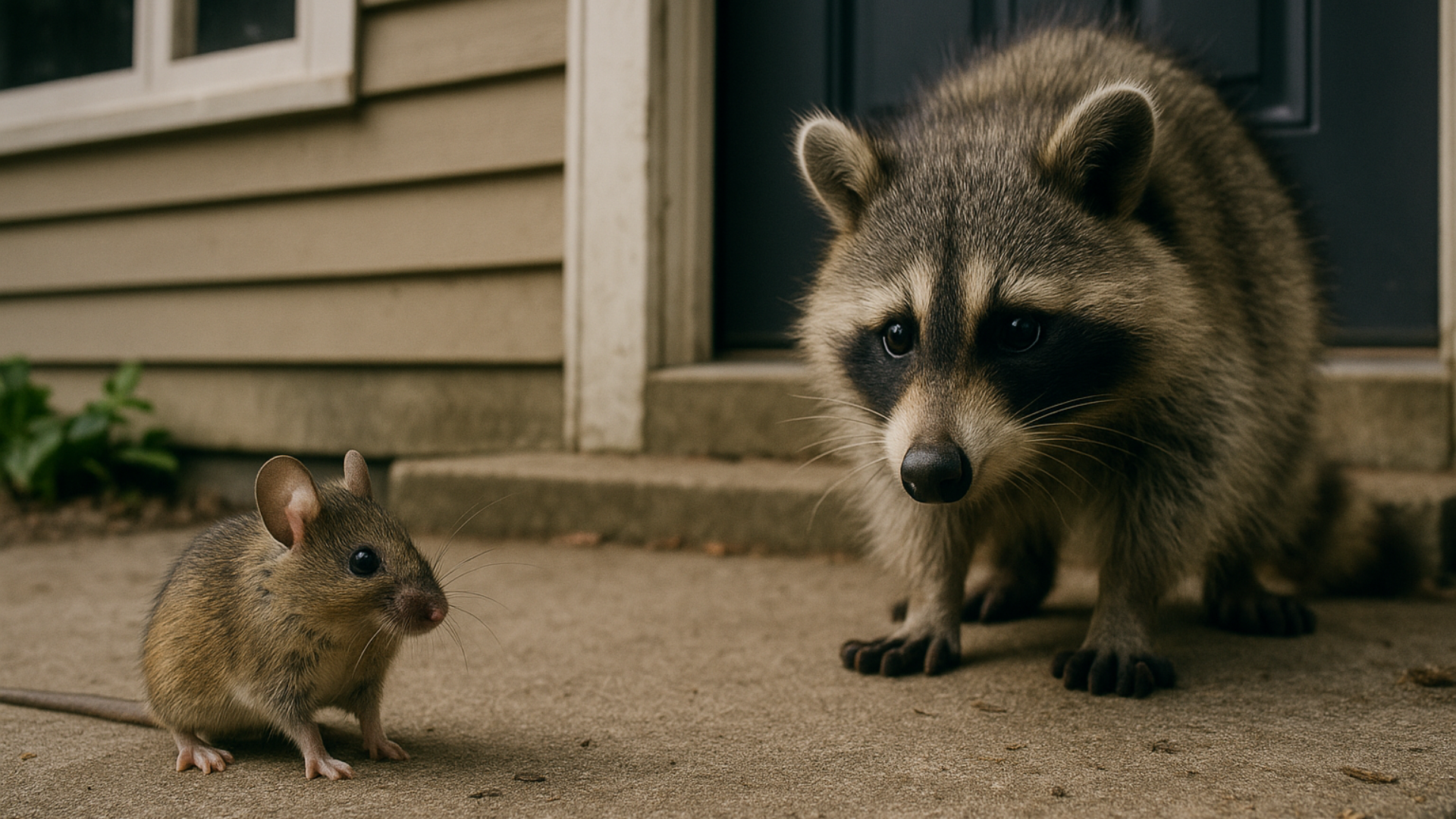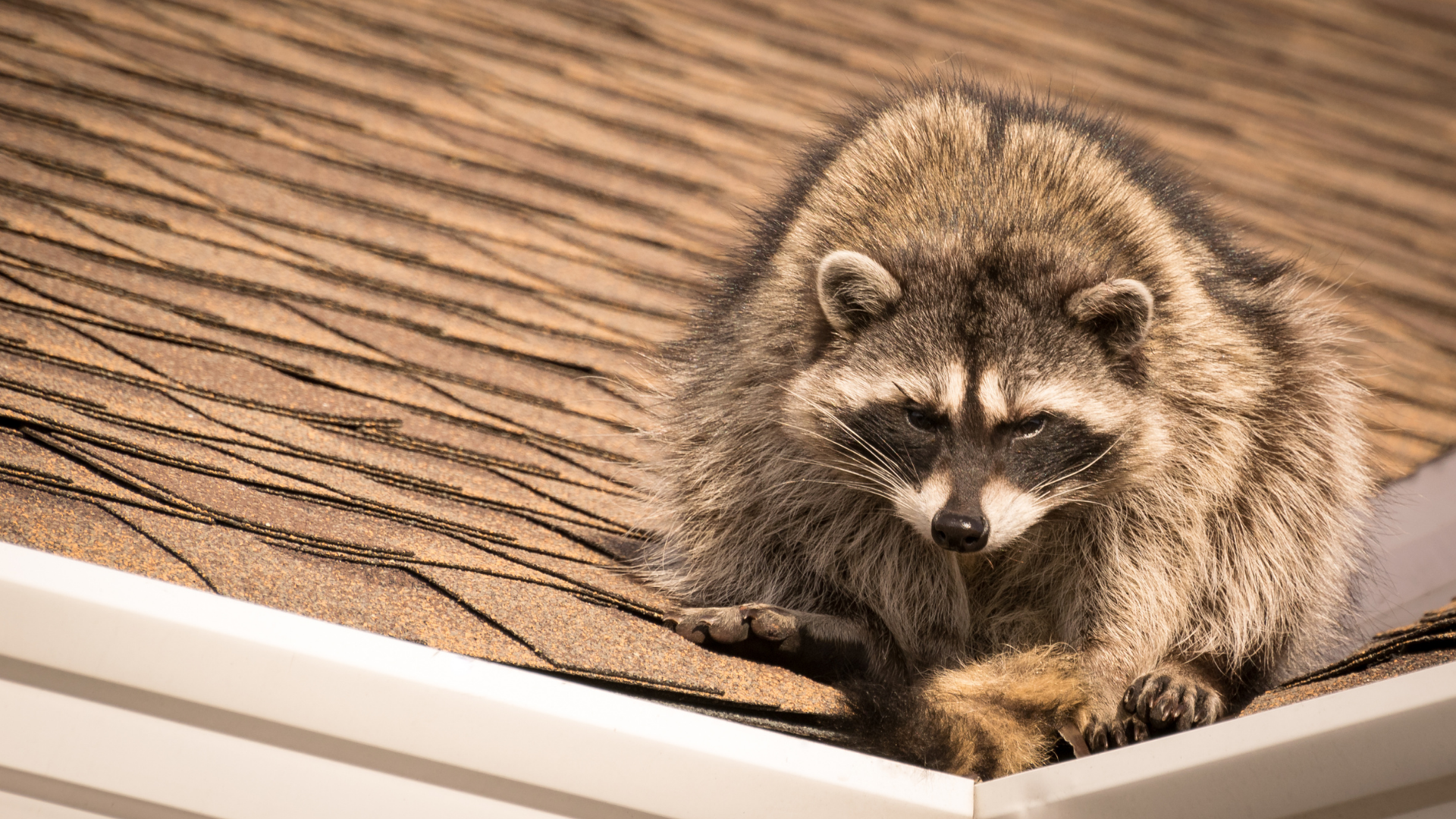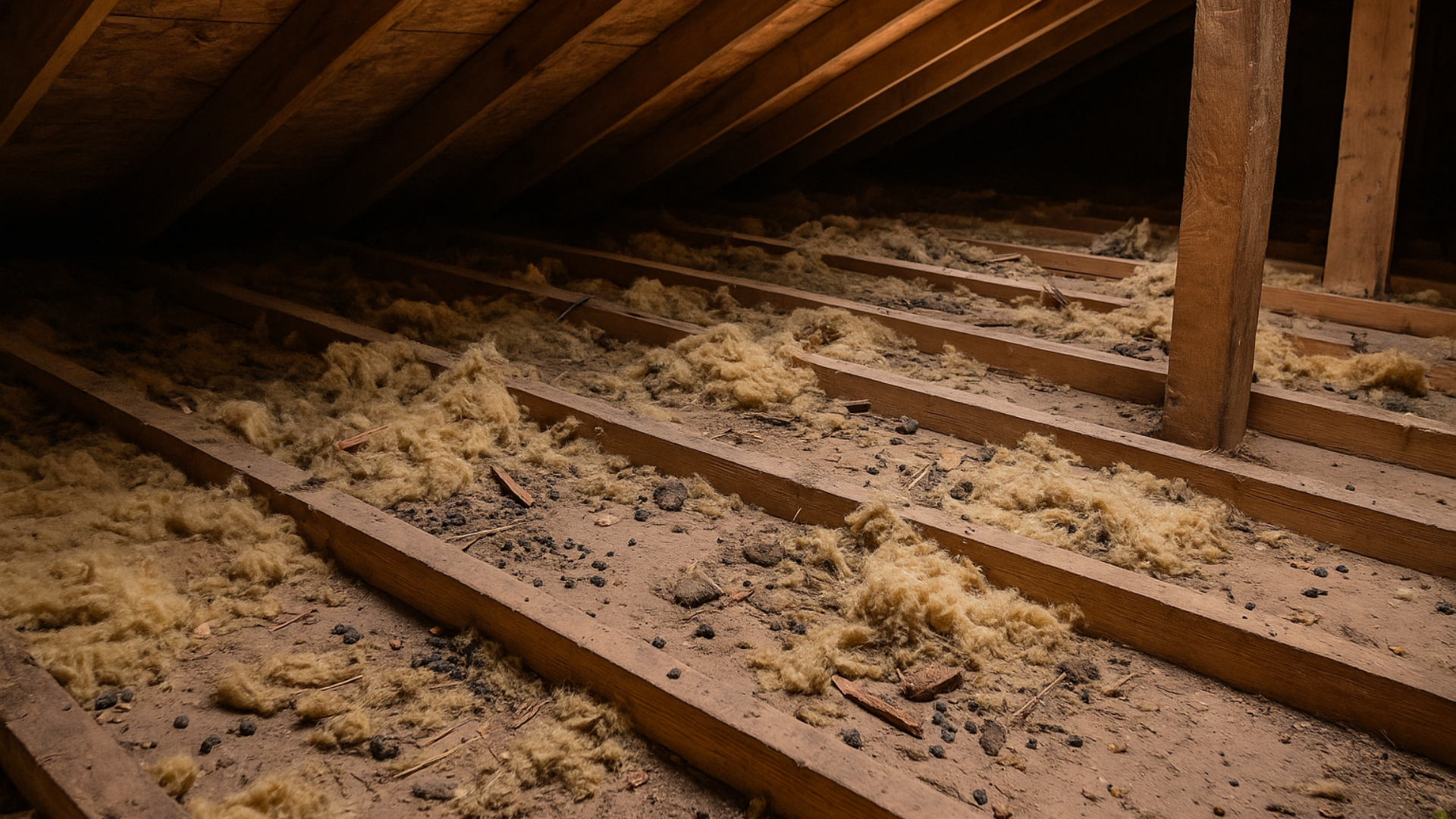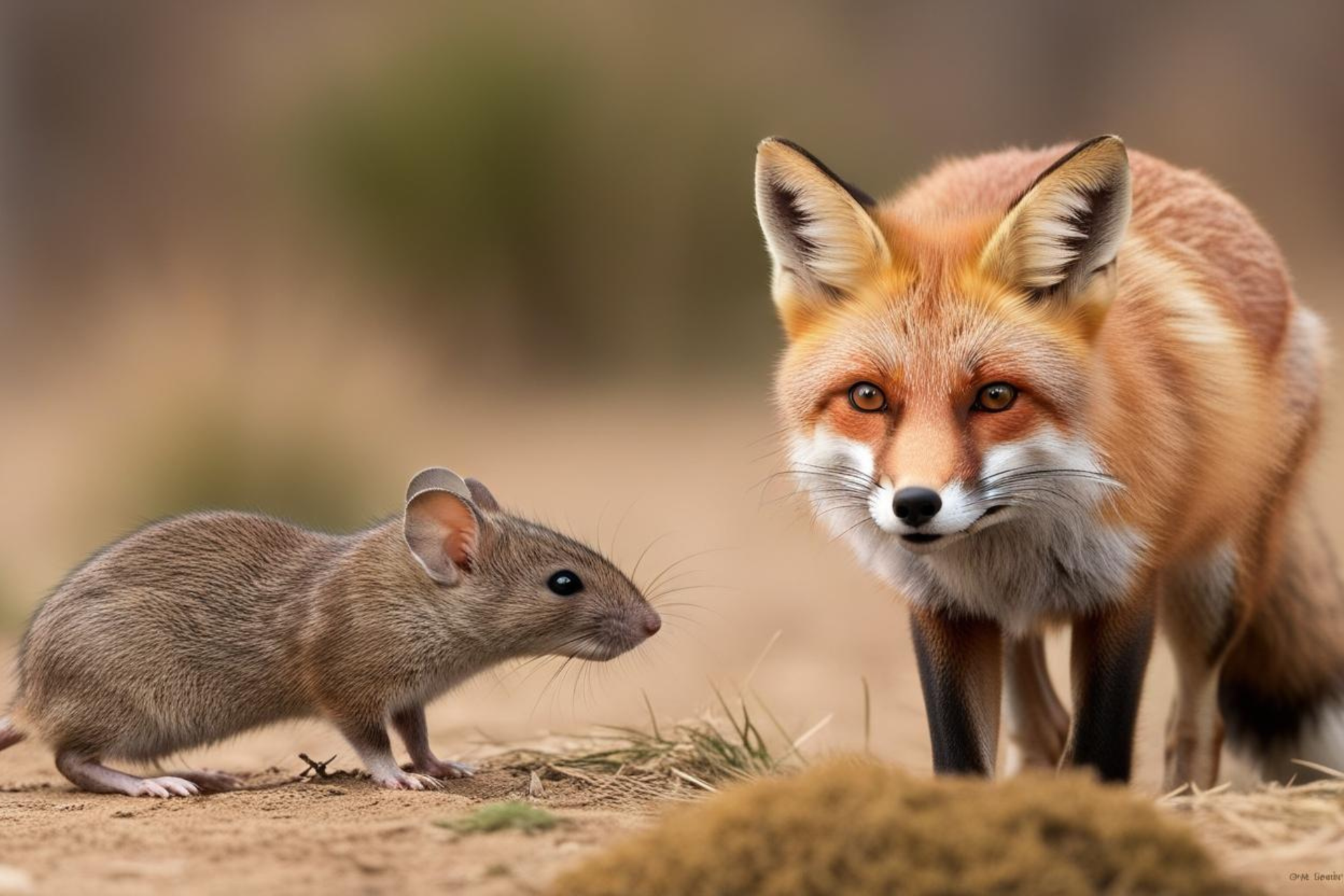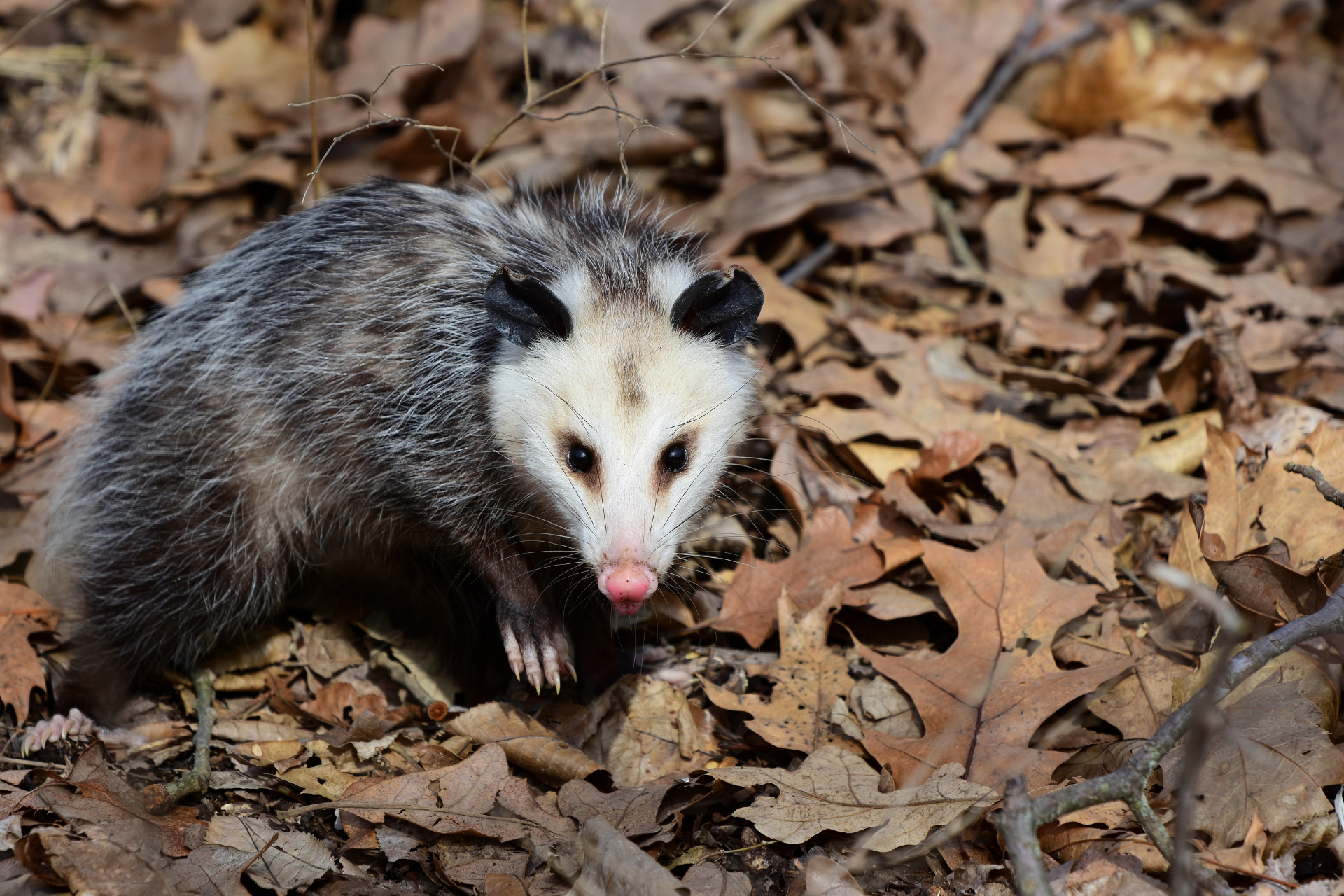Health Hazards Associated With Wildlife Intrusions
Health Risks Of Living With Wild Animals
Wild animals are an integral part of the natural world, but when they cross the threshold into human spaces, they bring with them problems that extend far beyond simple inconvenience. The scratches in the attic, the droppings in the garage, or the strange smell wafting through the walls aren’t just minor annoyances—they often signal a deeper and more troubling reality. Wildlife can expose households to a variety of hidden health risks that put both people and pets in jeopardy. From diseases that spread through bites and feces to microscopic bacteria lingering on surfaces, the dangers are far-reaching.
Diseases Transmitted Through Wildlife Presence
When animals make their way indoors, they don’t come alone. Many species are natural carriers of pathogens, some of which are easily transmissible to humans and domestic pets. Rodents, for instance, are notorious for spreading hantavirus and leptospirosis, both of which can be contracted through direct contact with urine or contaminated dust particles. Bats are often associated with rabies, a disease that continues to pose a serious threat despite advances in medicine. Raccoons, which are adept at finding their way into attics and chimneys, frequently carry parasites such as roundworms that can be accidentally ingested by unsuspecting residents.
The unsettling part about these illnesses is that exposure isn’t limited to direct interaction with the animal. Simply cleaning an area where droppings have accumulated can aerosolize infectious particles, leading to respiratory issues or worse. Even if the animals leave or are removed, the residue of their presence—feces, urine, nesting material—can harbor disease for a surprisingly long time. Pets, curious by nature, are at particular risk when they sniff or paw at contaminated spaces. What looks like a harmless adventure to them can quickly escalate into a veterinary emergency.
Allergens And Respiratory Concerns
Beyond recognizable diseases, wildlife introduces a subtler but equally concerning hazard: allergens. The buildup of animal dander, fur, and waste products inside enclosed environments can act as powerful irritants. Individuals with asthma or existing respiratory sensitivities may experience worsening symptoms without realizing the source lies above the ceiling or behind the walls.
For example, rodent urine has proteins that linger in the air and easily trigger allergic reactions. Bat guano, once dried, crumbles into fine dust that circulates with airflow, leading to coughing, shortness of breath, and even fungal infections like histoplasmosis. Squirrels, often thought of as harmless, also leave behind debris from their nests that can mold in damp conditions, compounding respiratory problems.
These allergens don’t just stay confined to the space where the animals live. HVAC systems can draw contaminated air into ducts, spreading microscopic particles throughout the entire home. Suddenly, a localized problem in the attic affects every room. Families may spend weeks or months seeking relief from mysterious symptoms without suspecting that the true culprit is wildlife intrusion.
Bacteria And Secondary Contamination
Alongside viruses and allergens, the presence of bacteria poses another serious concern. Wild animals thrive in unsanitary conditions, and when they enter homes, they bring the microbial load of the outdoors inside. Surfaces soiled with urine or droppings can serve as breeding grounds for harmful bacteria like Salmonella and E. coli. Both are capable of causing severe gastrointestinal distress in humans, and the risk is magnified for children or anyone with weakened immunity.
The contamination doesn’t remain confined to the obvious spots either. Rodents and raccoons may track filth across countertops, food storage areas, or pantries while searching for meals. What might appear as a few scattered paw prints actually represents a trail of bacteria invisible to the naked eye. In addition, water sources such as leaky pipes or standing puddles in basements can mix with animal waste, creating an even more potent environment for bacterial growth.
Pets, once again, face double the risk. They not only encounter these contaminants directly but can also carry them back to their owners through fur, paws, or saliva. A dog drinking from a puddle where rodents frequent or a cat sniffing at raccoon droppings can unwittingly introduce bacteria into the household in ways that are nearly impossible to track until someone falls ill.
Why Immediate Action Matters
What makes wildlife intrusions particularly challenging is the tendency for problems to escalate quietly. A single rodent can turn into dozens within weeks. A bat colony in an attic may go unnoticed until guano accumulates to hazardous levels. The longer these animals remain undisturbed, the greater the risk of disease transmission, allergen buildup, and bacterial spread.
Some homeowners may attempt to address the problem on their own, but the process can be far riskier than it appears. Disturbing droppings or nests without the right precautions disperses contaminants into the air, increasing exposure instead of reducing it. Moreover, removal efforts that don’t address how the animals entered in the first place often result in repeat infestations. It’s not enough to simply chase wildlife out—the underlying access points, whether gaps in roofing, uncapped chimneys, or unsealed vents, must be identified and repaired to prevent recurrence.
There’s also the matter of cleanup. Even after animals are removed, contaminated areas require thorough sanitation to eliminate lingering health hazards. Standard household cleaning products rarely do the job, especially when it comes to neutralizing pathogens embedded in porous materials like wood or insulation. Specialized techniques and professional-grade disinfectants are necessary to restore affected areas to a condition that no longer poses risks to residents.
Wildlife intrusions are far more than a nuisance. They carry with them an invisible but significant burden of diseases, allergens, and bacteria that can impact both humans and animals living inside the home. From rabies and roundworm to respiratory irritants and harmful bacteria, the potential dangers highlight the importance of swift and comprehensive action. Addressing the issue requires more than simply removing the immediate intruder; it calls for proper exclusion, sanitation, and long-term prevention.
At Veterans Pride Wildlife Control, our mission is to help families protect their homes and health by dealing with wildlife problems the right way. If you’ve noticed signs of animals in your house or suspect that you may have an intrusion, contact us today. We’ll inspect, remove, and ensure that your space is restored so you can move forward without worry. Don’t let hidden hazards linger in your home—contact our team for the professional support you need.


